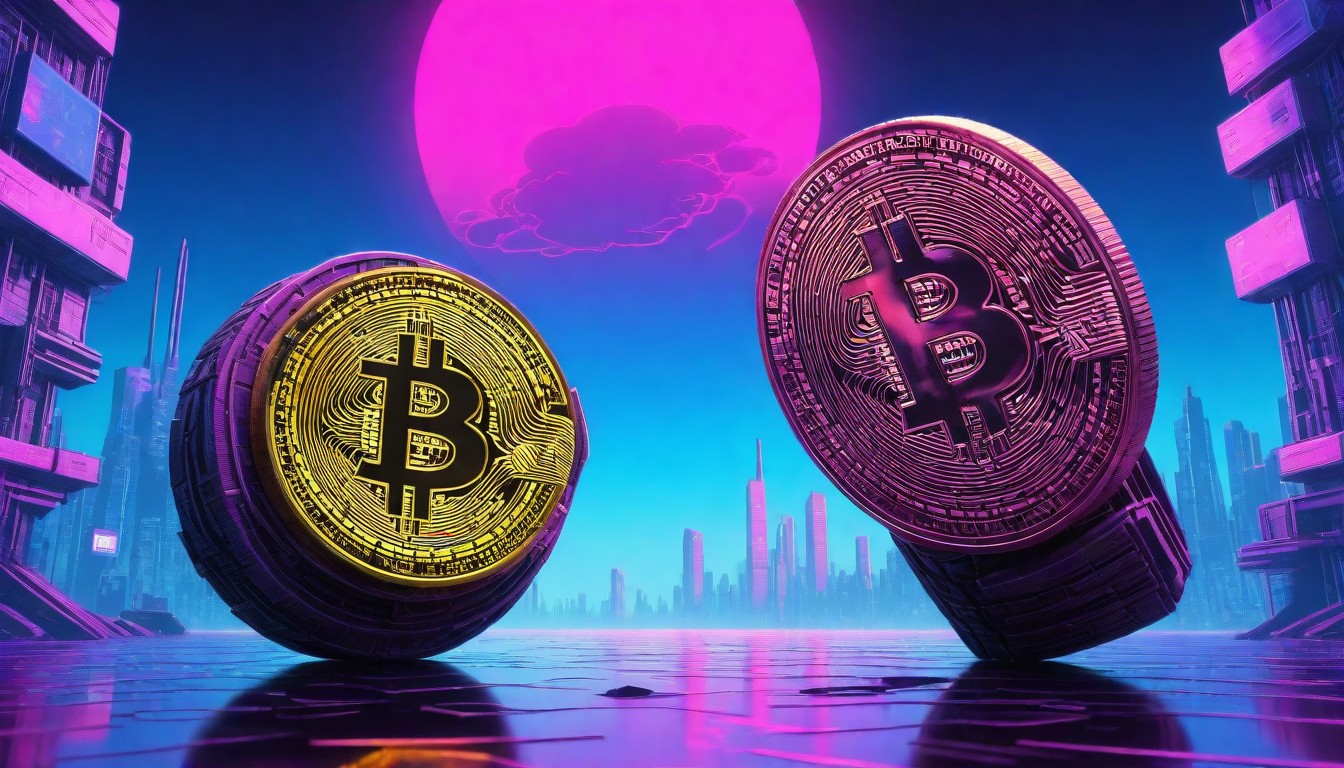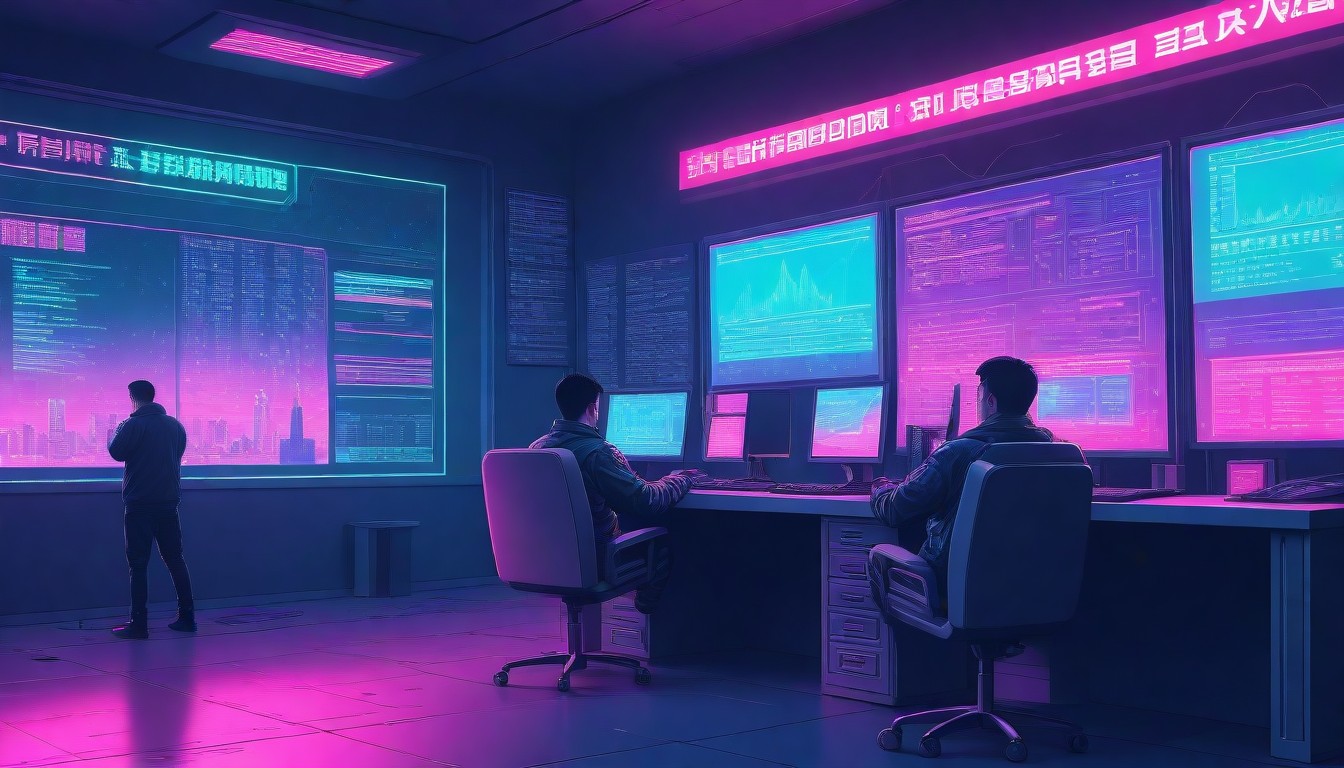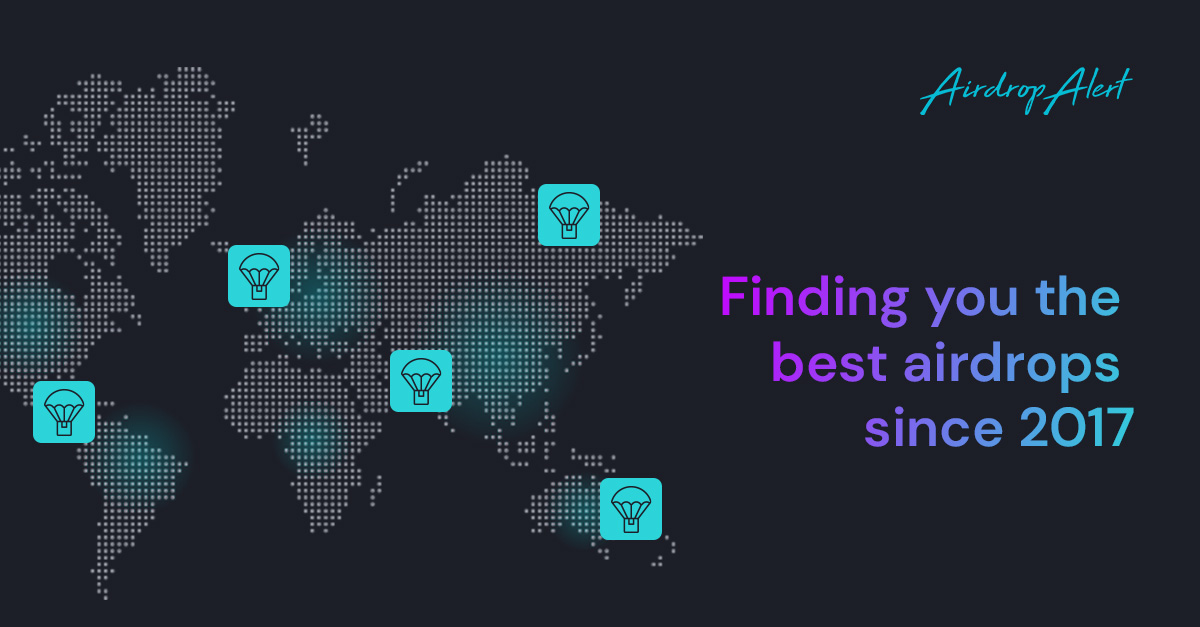Squid Game Token rug pull — project creators flee with over $3 million.
CryptoSis NFT rug pull — Lana Rhoades flees with over $1.5 million.
Do headlines like these make you skeptical about investing in crypto? Are your socials flooded with spammy messages of coins and NFTs promising 100x returns overnight?
In this article, we walk you through what rug pulls are and how you can dodge them like a boss!
What Is A Rug Pull?
Rug pulls are malicious scams where the project’s creators use slanderous marketing techniques and project positioning. By doing so, they get investors to invest in their project and later abandon ship, leaving the investors rekt.
The developers usually pump up hype around the project and artificially inflate the value of the token by riding on pop culture trends (Squid Game token) and by extensive shilling. This often lures newbie investors to purchase them and inject liquidity into the project’s pool.
At this juncture, the developers “pull the rug” by withdrawing the capital locked in the liquidity pool or halt users from withdrawing funds and closing down all social media handles and communication forums. This causes the price of the token to drop rapidly and investors lose their invested capital in the project.
How To Spot Rug Pulls?
So, with all the noise on social media, how can you, as a new investor, be smart enough to avoid these cash grabs?
Below are a few red flags that you could watch out for when you do your research on a cryptocurrency or an NFT project.
Project Creators Seem Shady
If little to no information regarding the token’s origins or founders, or team is accessible, this might be a potential cause for concern.
Many blockchain projects have un-doxed teams. But that does not mean that it is a scam. BAYC, Soul Dogs City, Bitcoin, and Monero are examples of good projects with anonymous teams.
Nevertheless, scammers are extra careful to not reveal their identities. So, if it’s your first time or you choose to invest an uncomfortable amount of money in a project, it is best to know the team.
Make sure that the project creators do not have a history of scams or illicit activities.
Further, you must examine how the distribution of the circulating supply of the token across wallets. If only a few wallets hold a majority of the coins, it’s possibly a red flag. The fact that a few wallets own a large share of the token supply suggests that they can very well manipulate the coin’s value.
“Whatever the reverse in this space of a rug pull is, is exactly how I went into it.”
No Locked Liquidity
To inspire confidence in investors, developers of ventures typically restrain holding authority over the liquidity pool. This is known as locked liquidity, because it prevents developers from transacting any of the pool’s tokens, making token theft or substantially lowering liquidity extremely difficult.
The longer the pool is sealed, the more trustworthy it is and lowers the chance of a rug pull. If the liquidity, on the other hand, is not locked, nothing prevents the developers from withdrawing it and making a run for it.
Inactive or Shilling Community
Ingenuine projects tend to have a high social media following but poor engagement.
Some rug pull projects rely on social media influences, crypto influencers, and paid advertisements to garner support for the project. For instance, the Squiggles rug pull involved the project supposedly holding the support of 232,000 Twitter users and 360,000 members in discord.
This points out clearly the fact that the project is trying to fake user engagement on their forum and project to investors that they have a strong community.
Skyrocketing Prices and Short-term High Yields
Many DeFi pools offer to ease token trades and claim to generate additional returns for pool investors. WhaleFarm, for example, had an APY of over 100%. If a yield farm appears to be giving profits that are too good to be true, they most likely are.
Scammers might inflate a project by investing money into it or shilling excessively to get others to participate out of FOMO.
Always DYOR on news about the venture including new exchange listings, partnership announcements, or other related news. It might be a rug pull or a pump-and-dump scheme if these aren’t present. Unless you have a compelling reason to be otherwise, be wary.
Final Thoughts
All in all, the stakes are rising in tandem with the ever-soaring interest in cryptocurrency. Scammers are always exploiting new ways to make money off of others’ losses.
Educating yourself on the latest news, trends and staying in the loop by following reputed social profiles like NFT Ethics on Twitter can go a long way in avoiding scams and making fruitful returns on investment.
Was this usefull? Come and follow us on Twitter for more information about Airdrops & NFTs.








